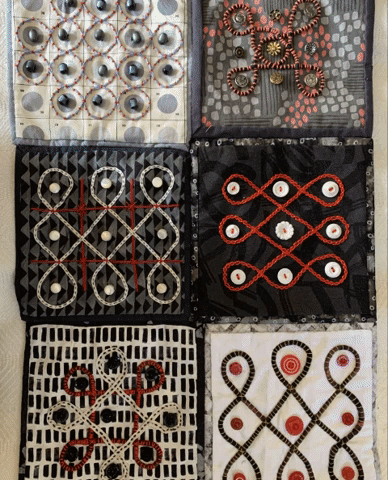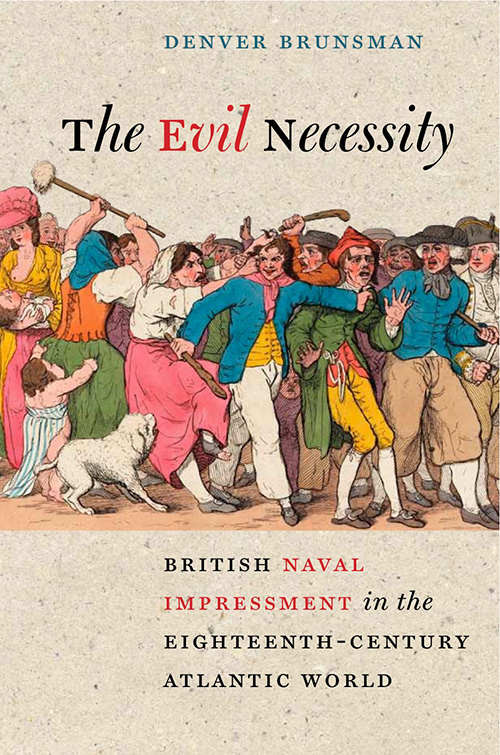If you've resolved to bypass the Netflix queue in favor of more interactive and rewarding online pursuits in 2021, Smithsonian Associates Streaming programs are the perfect way to make that happen. This week's edition offers plenty of appealing choices, spotlighting topics from Black history to the British monarchy, floral design to D.C.'s musical heritage. And an avid participant in our online studio arts classes shares why they continually spark her imagination.
They're among the offerings designed to make sure you continue to enjoy what you,ve come to value from Smithsonian Associates: programs and experiences that are entertaining, informative, eclectic, and insightful.
Legacies of Achievement

In the spirit of Black History Month, Smithsonian Associates Streaming invites you to examine individuals and events that have shaped America's past and aspects of today's culture. From James Reece Europe in the early years of the last century to the remarkable Shirley Horne to some of today's notable musicians and singers, jazz has flowed through the nation's capital as reliably as the Potomac. On Monday, February 8, dig into the rich history of Washington, D.C., as a music capital in a lively program that recaptures the era in which the Howard Theater and U Street's Black Broadway were the jewels in the crown of the city's jazz scene. Legendary jazz saxophonist Charlie "Bird" Parker changed the world of music as one of the innovators of bebop. A Friday, February 26 program celebrates Parker's sound (and his centennial) and looks at how his brilliance and charisma had an impact on the course of music like no other.
African Americans threw themselves into the cause of the American Revolution with more enthusiasm and with more at stake than did many white colonists. But after the transformative moment of victory, Black fortunes would diverge dramatically in the North and the South. Historian Richard Bell explores the revolution and its aftermath from the unfamiliar perspective of enslaved and free African Americans on Saturday, Feb. 20. And in a Thursday, February 25 program, Bell examines the contradictions and changes reflected in the life of Frederick Douglass. He was the slave who dreamed of being a senator, the unlettered child who wrote three autobiographies, and a courageous freedom fighter who could sometimes be insecure, vain, and arrogant. Bell takes a fresh look at his story to reveal more than another great man on a pedestal.
Music City, DC
Slavery and the American Revolution
The Visionary Genius of Frederick Douglass
Charlie Parker: A Centennial Spotlight
Love in Bloom

Get ready for Valentine's Day and learn the fundamentals of floral design with Sarah von Pollaro in a Thursday, February 11 Smithsonian Associates Streaming program. The designer-who has been called "the Julia Child of flowers"-shares how to create a one-of-a-kind arrangement to gift to a loved one (or keep for yourself), along with pro tips on shopping for flowers in your local market and making them last. If you're looking for inspiration, turn to a romantically themed gallery of vintage valentines, songs, stamps, and letters drawn from a variety of Smithsonian collections.
Valentine's Day Bouquets
View the SI Valentines Collections
Thriving in the Online Studio
 Artworks by Nan Roche: mosaic (instructor: Bonnie Fitzgerald); abstract collage (instructor: Sharon Robinson); mindful stitching project (instructor: Lauren Kingsland).
Artworks by Nan Roche: mosaic (instructor: Bonnie Fitzgerald); abstract collage (instructor: Sharon Robinson); mindful stitching project (instructor: Lauren Kingsland).
Over the years, Smithsonian Associates member Nan Roche would try her hand at the occasional studio arts class. But since these in-person offerings moved online, the College Park, Maryland, resident has become a super-student, avidly exploring many forms including mosaics, calligraphy, mindful stitching, gyotaku, and abstract collage. She shares why these classes appeal so strongly to her creative side:
Smithsonian Associates Streaming studio arts classes are so varied, enjoyable, and inspirational. The organization of these Zoom events is well done. The student handouts, reminders and links for the event, and follow-up recordings are invaluable, and the veteran artists leading the classes are excellent.
All my instructors have managed to adapt to this format well-and there are many pluses to it. One of the best things about a Zoom class is that people from all over the country can participate. You get to see all your fellow students at once in gallery view, and I feel I've gotten to know them better than in an in-person class, since each of their efforts can be highlighted and appreciated. There's no competition for space or resources in your own home. Instructors have either provided kits that they mail or given good supply lists with purchasing links. In most cases, I haven't had to spend a lot of money to be successful in class.
In short, Smithsonian Associates' online studio arts program has done a great job in producing a wide range of engaging classes that have kept me coming back again and again. They have been my pandemic survival kit, keeping me engaged with other artists, distracted from the tensions we are all experiencing, and energizing me like a good Zumba workout. I'm hoping Zoom classes will continue even after the pandemic subsides.
Browse New Studio Arts Classes
The Heads That Wore the Crown

Britain boasts one of the eighth-longest monarchies in the world, and certainly the most famous. It's outlasted most of its European counterparts, adapting to changing times and expectations and managing to maintain enough popularity to survive for more than a thousand years. In a week-long Smithsonian Associates Streaming series March 1 to 5, join Tudor scholar Carol Ann Lloyd-Stanger as she traces a path through the lives and times of the kings and queens who have ruled England, then Great Britain, and finally the United Kingdom to examine how the monarchy has lasted from the days of King Arthur to today.
Viewers of "The Crown" are in the know about members of the House of Windsor, but even the most loyal subjects of Her Majesty Olivia Colman likely aren't aware of some colorful facts about a few earlier monarchs: George III almost called it quits as king during the Revolutionary War. George IV was a Jane Austen fan. The chaste Henry VI needed some friendly coaching in carrying out his husbandly duties to Margaret of Anjou, and for 15 years honeymooners in a British hotel were unknowingly pulling down the covers on the 15th-century wedding bed of Henry VII and Elizabeth of York. They're among the top 10 royal revelations to surface in the 2010s according to a recent report from Smithsonian magazine.
History of the British Monarchy
Read the Article
ShantyTok: Sailing on a Musical Trend

Plenty of social media trends have surfaced in the age of quarantine, but one of the unlikeliest is emergence of traditional sea shanties-sailors' work songs-as the hot new thing on TikTok. In a recent NPR Weekend Edition feature, Mary Malloy, an expert on the 200-year-old genre, offered some thoughts on why sea shanties are hitting the right notes for lots of people at the moment: "The sea has traditionally for centuries been thought of as a place to escape, to escape from whatever your reality is and that, I think in isolation, the idea of the sort of boundless sea in a place to be on a ship, it's a great sort of escapism."
But not every aspect of a sailor's life was worth singing about-especially if that life has been forced on you. The British Royal Navy ruled the waves in the 18th century, but its maritime superiority came at a high human cost. The navy impressed, or forced, tens of thousands of seamen into service. Once impressed, a sailor remained in the Royal Navy until he died, deserted, or a war ended-whichever came first. In a Wednesday, March 10 Smithsonian Associates Streaming program, historian Denver Brunsman investigates the practice that often grabbed men from their beds, their ships, and even their weddings and forced them into wartime service.
Listen to the NPR Feature
Register for the Program